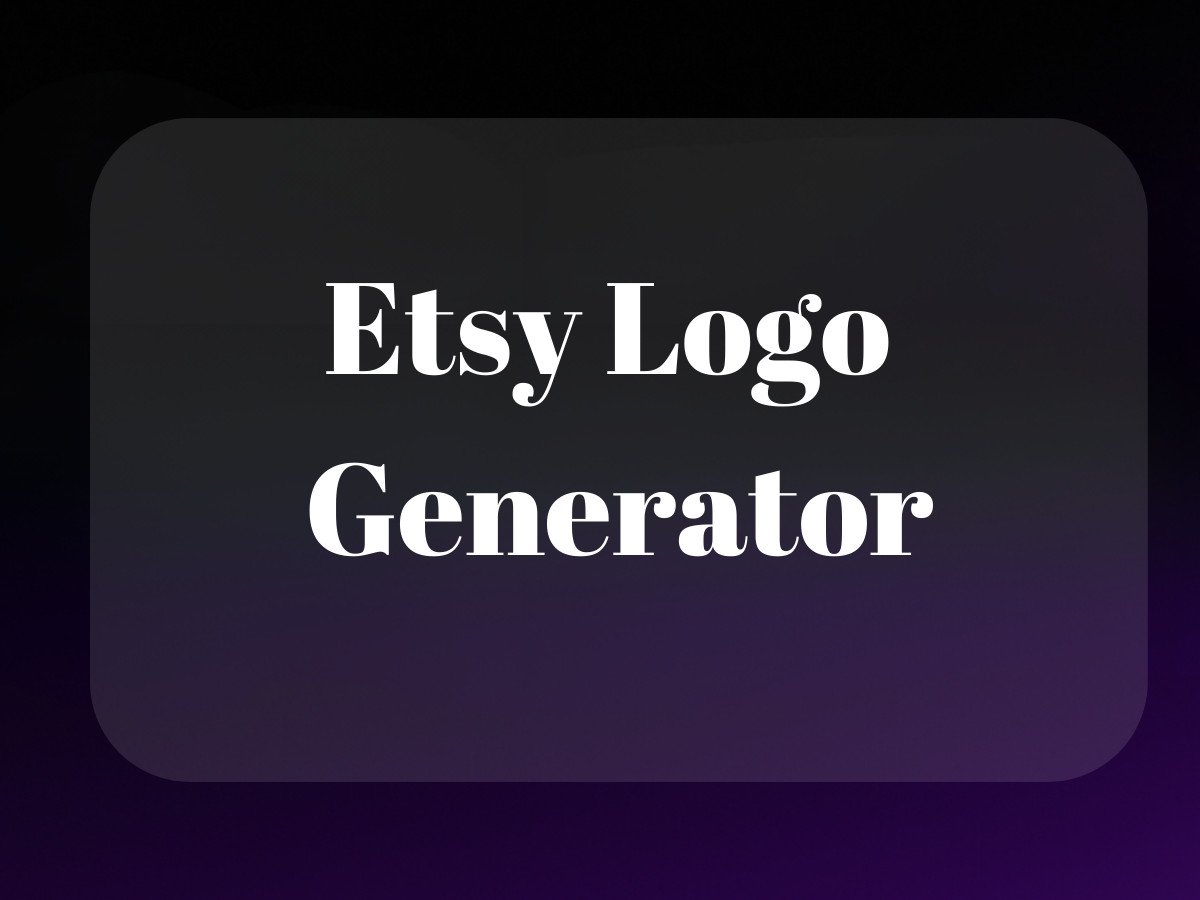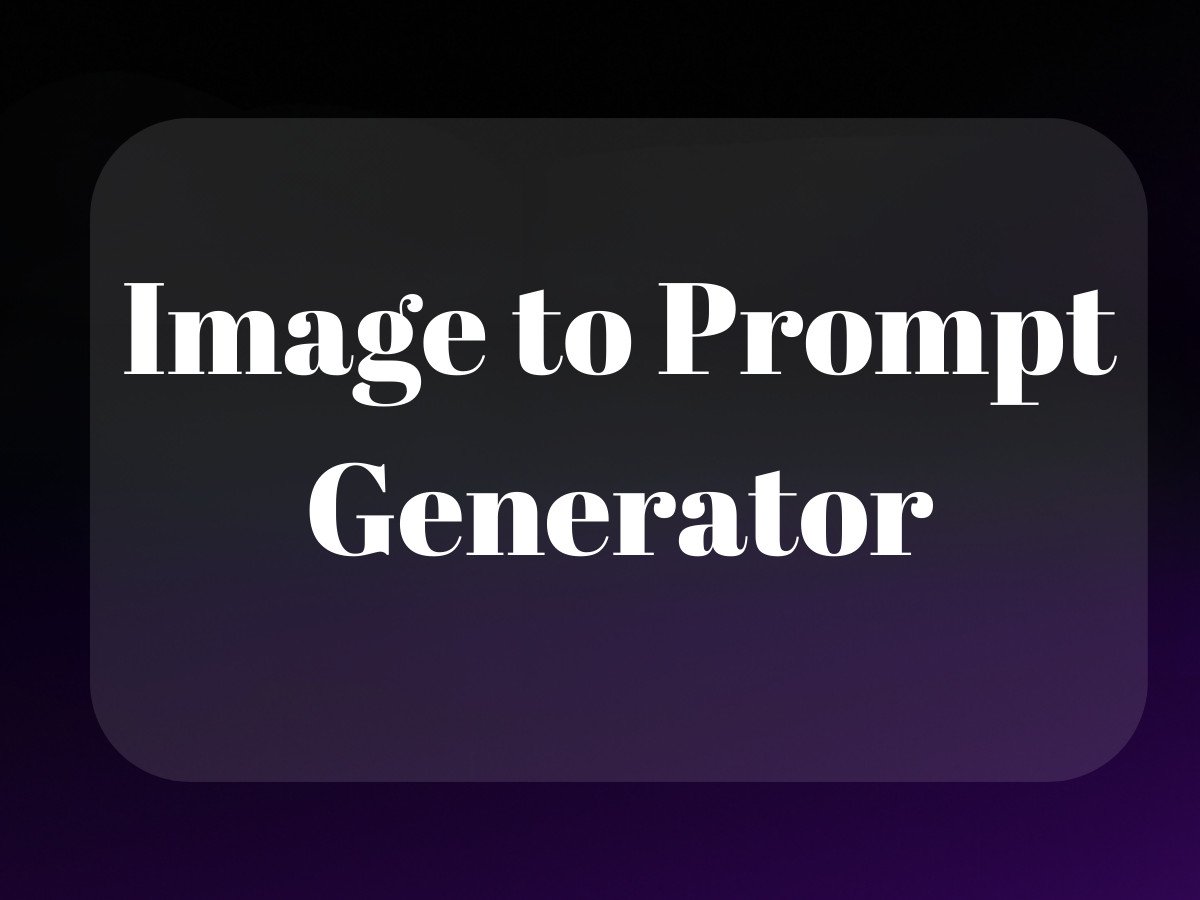Remember when Amazon was just a glorified product catalog? Those days are long gone. Amazon store fronts have transformed from simple product listings into full-blown digital storefronts that rival the most sophisticated ecommerce websites. Yet surprisingly, many brands still treat their Amazon presence like it’s 1999.

Here’s the thing: Amazon store fronts aren’t just another sales channel anymore – they’re becoming the primary way customers discover and interact with brands. With over 300 million active customers globally, Amazon has essentially become the world’s largest shopping mall. And just like a physical retail space, your storefront is your chance to make that crucial first impression.
But let’s be real – creating an Amazon storefront that actually converts is about as straightforward as teaching a cat to fetch. Between the technical requirements, design considerations, and Amazon’s ever-changing algorithms, it’s easy to feel overwhelmed. I’ve seen countless brands struggle with this, which is why I decided to break it down into actionable pieces.
Understanding Amazon Store Fronts: More Than Just a Pretty Page

Think of your Amazon store front as your digital real estate on the world’s biggest marketplace. It’s where your brand story, products, and customer experience come together. Unlike traditional Amazon listings, store fronts give you creative control over your brand’s presentation – something that’s become increasingly crucial in the age of digital window shopping.
The beauty of Amazon store fronts lies in their versatility. Whether you’re an established brand looking to expand your digital footprint or an aspiring Amazon influencer trying to build your empire, these customizable spaces offer something for everyone. And with the introduction of features like the Amazon creator hub, the possibilities for brand storytelling have expanded dramatically.
The Amazon Influencer Evolution
If you’re wondering how to become an influencer or how to create an Amazon storefront as an influencer, you’re not alone. The platform has become a goldmine for content creators looking to monetize their influence. The process of how to start an Amazon storefront as an influencer has been streamlined, though it still requires strategic planning and authentic engagement.
Beyond influencers, Amazon has also become a powerhouse for independent authors through KDP self publishing. If you’re an author looking to monetize your expertise, your Amazon storefront can serve as a hub for showcasing your books alongside curated product recommendations.
Getting Started: The Nuts and Bolts
Before you dive into creating your storefront masterpiece, there are some essential requirements you’ll need to meet. First, you’ll need to either become an Amazon affiliate or enroll in the Brand Registry program. The path you choose depends on your business model – are you primarily a content creator looking to curate products, or a brand selling your own merchandise?
Setting Up Your Store Front: The Basics
Learning how to set up an Amazon storefront isn’t rocket science, but it does require attention to detail. The process begins with verifying your eligibility and choosing the right account type. For those wondering how to find Amazon storefront options or how to get to Amazon store fronts, the process starts right from your Seller Central dashboard.
The most common question I get is “what are Amazon store fronts really capable of?” The answer: probably more than you think. From customizable layouts to rich media integration, my Amazon storefront capabilities have evolved to support sophisticated brand storytelling and seamless shopping experiences.
Technical Prerequisites That Actually Matter
Let’s cut through the noise and focus on what really matters when setting up your store front. You’ll need:
– A Professional Seller account or Brand Registry enrollment
– High-quality brand assets (logos, banners, product images)
– A clear brand story and messaging strategy
– Basic understanding of Amazon’s content guidelines
These requirements might seem straightforward, but they’re crucial foundations for your success. I’ve seen too many brands rush through this phase, only to struggle with basic functionality later. Take the time to get these elements right, and you’ll save yourself countless headaches down the road.
Creating Your Amazon Store Front: The Essentials

Let’s be honest – most Amazon store fronts look like they were designed by someone who just discovered the internet in 1999. You know the type: cluttered layouts, random product dumps, and enough conflicting fonts to make a graphic designer cry themselves to sleep.
But here’s the thing: your Amazon store front isn’t just another product listing page. It’s your digital storefront, your brand’s home on the world’s largest marketplace. And just like you wouldn’t open a brick-and-mortar store with garbage bags for windows and cardboard boxes as displays, you shouldn’t settle for a mediocre Amazon store front.
The Technical Prerequisites (Don’t Worry, It’s Not Rocket Science)
Before you can unleash your inner retail artist, you’ll need to check a few boxes. First, you’ll need a Professional selling plan – think of it as your ticket to the big leagues. Then there’s the Amazon Brand Registry enrollment, which is basically Amazon’s way of saying “okay, we trust you’re legit.” Finally, you’ll need to register for sponsored ads, because visibility doesn’t happen by accident in the Amazon jungle.
Designing Your Amazon Store Front That Actually Converts
Remember when I mentioned those 1999-style store fronts? Let’s do the opposite. Your store front needs three key elements: visual appeal, intuitive navigation, and clear messaging. Think of it as the retail equivalent of a first date – you want to look good, be easy to talk to, and not send mixed signals.
The Visual Elements That Matter
- Hero images that actually look heroic (minimum 3000 x 600 pixels)
- A consistent color palette that doesn’t look like a rainbow exploded
- Typography that’s readable (sorry, Comic Sans fans)
Navigation That Makes Sense
Ever been to a store where you couldn’t find the exit? That’s what bad navigation feels like. Structure your categories like you’re organizing your closet – everything has its place, and similar items stick together. And please, for the love of conversion rates, make it mobile-friendly. More people shop on their phones than their computers these days.
The Amazon Creator Hub Connection
Here’s where things get interesting. The Amazon Creator Hub isn’t just another dashboard – it’s your command center for building an influencer empire. As an Amazon influencer, your store front becomes more than a product showcase; it’s a curated experience that reflects your personal brand and recommendations.
Real Talk: What Actually Works

Let me share something I’ve noticed after analyzing hundreds of Amazon store fronts: the most successful ones aren’t necessarily the prettiest. They’re the ones that understand their customers’ journey. Take LEGO’s storefront – they don’t just show products; they create themes and stories. Callaway doesn’t just list golf clubs; they guide you through a selection process based on your skill level.
The Influencer Advantage
Want to know how to become an influencer who actually makes money on Amazon? Start by thinking like a curator, not a seller. The best Amazon storefront influencers don’t just list products – they create collections that tell a story. They understand that becoming an Amazon affiliate isn’t about pushing products; it’s about building trust.
I’ve seen fashion influencers create seasonal lookbooks, tech reviewers build comprehensive comparison guides, and home decor experts design room-by-room shopping experiences. These aren’t just store fronts; they’re digital magazines where everything is shoppable.
The Technical Side You Can’t Ignore
Look, I know SEO and analytics aren’t the sexy part of building an Amazon store front, but they’re like the foundation of a house – invisible but crucial. Use Amazon’s built-in analytics to track what’s working. Test different layouts, images, and product groupings. And yes, you need to understand how to set up an Amazon storefront properly from the technical side.
The beauty of Amazon’s platform is that it gives you the tools to experiment. Think of it as your retail laboratory – each change is a new experiment, and your sales data is your results. The key is to keep iterating, testing, and refining based on what your customers actually do, not what you think they’ll do.
Maximizing Your Amazon Store Front’s Marketing Potential
Let’s be real – having a beautiful Amazon store front is like having a Ferrari in your garage. Sure, it’s impressive…but what good is it if nobody knows it exists? If you’re serious about selling stuff on Amazon, you need a strategy to drive traffic to your storefront. This is where the rubber meets the road: marketing your storefront effectively.
I’ve seen countless brands pour resources into designing stunning Amazon store fronts, only to watch them collect digital dust because they missed the crucial marketing piece. It’s like throwing the most amazing party and forgetting to send out invitations. Let’s fix that.
The Art of Cross-Platform Promotion
Your Amazon storefront isn’t an island – it’s part of your broader digital ecosystem. Think of it as one of your brand’s many faces, each speaking to different audiences but telling the same story. The key is making these faces work together.
Instagram and TikTok? They’re not just for dance challenges and food videos. They’re powerful discovery engines for your Amazon store front. Create content that showcases your products in action, then direct viewers to your storefront through your bio link. It’s like creating a digital breadcrumb trail that leads straight to your Amazon presence.
Leveraging the Amazon Influencer Program
Here’s where things get interesting. The Amazon influencer program isn’t just another influencer platform – it’s a direct pipeline to engaged shoppers. But here’s the twist: you don’t need millions of followers to become an Amazon influencer. What you need is engagement and authenticity.
Think of it this way: would you rather have 1 million followers who scroll past your content, or 10,000 who hang on your every word? The answer’s pretty obvious. Focus on building genuine connections, and the Amazon creator hub becomes your playground. For more strategies on selling through platforms like Amazon, read this Shopify blog post.
Advanced Amazon Store Front Strategies
Now, let’s talk about taking your Amazon store front from “meh” to “magnificent.” This isn’t about following a cookie-cutter template – it’s about creating an experience that’s uniquely yours.
Seasonal Optimization: Timing Is Everything
Your storefront should be as dynamic as your business. Think of it like a retail store window – you wouldn’t keep the same display up all year, right? The same applies to your Amazon store front. Update your content regularly, align with seasonal trends, and keep things fresh.
Pro tip: Create a content calendar that aligns with major shopping events. Black Friday, Prime Day, holiday seasons – these aren’t just sales opportunities, they’re chances to reinvent your storefront’s narrative. For example, if you sell costumes, tracking trends like what is the most popular Halloween costume each year can help you optimize your store for seasonal spikes in demand.
The Analytics Game: Numbers Don’t Lie
Here’s where my inner tech geek gets excited. The data from your Amazon store front tells a story – are you listening? Track your metrics obsessively. Watch how customers navigate your store. Which products get the most views? Where do people drop off?
But don’t just collect data – use it. If a product category isn’t performing, maybe it needs better placement. If certain images drive more sales, figure out why and replicate that success.
The Future of Amazon Store Fronts
Let me put on my futurist hat for a moment. The Amazon store fronts of tomorrow won’t just be digital catalogs – they’ll be immersive shopping experiences. We’re talking AR product previews, AI-powered personalization, and interactive content that makes today’s stores look like static billboards.
But here’s the thing: the fundamentals won’t change. Whether it’s 2024 or 2044, successful Amazon store fronts will always be about connecting with customers and telling compelling stories.
Final Thoughts: Your Store Front Journey
Creating and managing a successful Amazon store front isn’t a destination – it’s a journey. It’s about constant iteration, learning from your customers, and staying ahead of the curve. Whether you’re just learning how to set up an Amazon storefront or you’re a seasoned pro looking to find new Amazon store fronts for inspiration, remember this: the best stores are built on authenticity and innovation.
Think of your Amazon store front as your digital storefront in the world’s largest marketplace. It’s not just about selling products – it’s about creating experiences, building relationships, and establishing your brand’s presence in an increasingly digital world.
The tools are there. The platform is ready. The question is: are you ready to take your Amazon store front to the next level? Because in this game, standing still is the same as moving backward. And trust me, in the world of e-commerce, you definitely want to be moving forward.
Related Articles:
- Guide to Walmart Creator: Everything You Need to Know
- Amazon’s Game-Changer: Exploring the Hub Counter and Locker
- How to Increase Sales on Amazon: 7 Proven Expert Tips
Frequently Asked Questions
How to find Amazon storefront?
To find an Amazon storefront, you can start by visiting Amazon’s homepage and using the search bar to type in the name of the brand or seller followed by ‘storefront’. Alternatively, if you find a product listing from a brand you like, you can click on the seller’s name, which is typically located under the product title, to visit their storefront directly.
What is the “My Amazon Storefront?”
Your Amazon storefront is a personalized page on Amazon where you can showcase your favorite products or those you are selling. If you’re an influencer or a seller, you can create a storefront through Amazon’s platforms such as the Amazon Influencer Program or Seller Central. This page allows you to curate lists and collections that are easy for shoppers to browse.
How to find Amazon store fronts?
Amazon store fronts can be found by searching for a specific seller or brand on Amazon, or by clicking on the seller’s name from a product detail page. Some sellers may also share direct links to their storefronts on social media or their websites. Using Amazon’s search tools effectively can help you navigate to the storefront you’re interested in.
How to get to Amazon store fronts?
Getting to Amazon store fronts is straightforward if you know the brand or seller’s name. Use the Amazon search bar to enter the brand name followed by ‘storefront’ or access it from a product page by clicking the seller’s name. Storefronts are designed to be easily accessible from multiple points within the Amazon ecosystem.
What are Amazon store fronts?
Amazon store fronts are dedicated pages on Amazon that allow sellers and brands to showcase their products in a customized layout. These storefronts provide a unique shopping experience, as they can include brand stories, featured products, and organized product categories. They serve as a virtual shop within Amazon, offering brands the opportunity to create a cohesive brand presence.
About the Author
Vijay Jacob is the founder and chief contributing writer for ProductScope AI focused on storytelling in AI and tech. You can follow him on X and LinkedIn, and ProductScope AI on X and on LinkedIn.
We’re also building a powerful AI Studio for Brands & Creators to sell smarter and faster with AI. With PS Studio you can generate AI Images, AI Videos, Chat and Automate repeat writing with AI Agents that can produce content in your voice and tone all in one place. If you sell on Amazon you can even optimize your Amazon Product Listings or get unique customer insights with PS Optimize.
🎁 Limited time Bonus: I put together an exclusive welcome gift called the “Formula,” which includes all of my free checklists (from SEO to Image Design to content creation at scale), including the top AI agents, and ways to scale your brand & content strategy today. Sign up free to get 200 PS Studio credits on us, and as a bonus, you will receive the “formula” via email as a thank you for your time.




